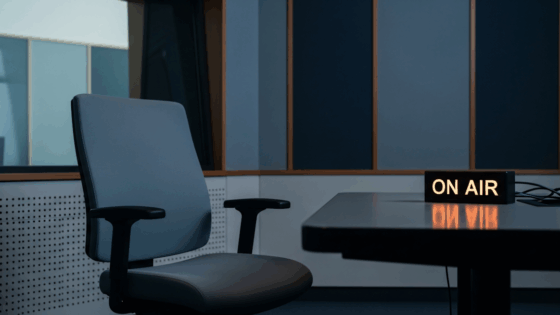on
BY: LEANNE BENN
The weather is warm and the streets are alive, this can only mean we’re entering one of the most fun seasons of the year, Carnival season of course. This year marks the 51stcelebration of the Toronto Caribbean Carnival in Toronto. With its second year under the headline sponsor of Peeks Social, the Peeks Toronto Caribbean Carnival is back with more lively dancing in the streets, intricate and colourfulMas costumes and genuine togetherness.
Opening remarks by Toronto Mayor, John Tory and Toronto City Council Joe Mihevc at the media preview day for the festival emphasized just how much Carnival does for the city of Toronto; it’s a fusion of culture and celebration.
“This started off as a gift to immigrants and it has become rooted in our culture of what it means to be a Torontonian,” Mihevc remarked. Mihevc has spent over 21 years supporting Toronto Caribbean Carnival as the official council liaison and this year a proposed $625,000 is going to council towards fundingof Toronto Carnival.
However, Carnival is more than just an economic anchor for the city, it is also a cultural powerhouse that brings communities together. From parents to kids, you can find communities working together, for instance at different Mas costume camps across the city that make costumes for the adult and kid-friendlyevents associated with carnival. This all-inclusive affair is truly one major street party, where all are welcome to partake in classic Caribbean vibes.
Chief Executive Officer of the Festival Management Committee, Denise Herrera Jackson is marking another year on board with the festival and highlighted the importance of the sponsors for the festival, the bandleaders and the creative arts directors for each band.
This year, approximately 12 bands so far are set to hit the road: Venom, E.P.I.C Carnival, Tribal Carnival, Toronto Revellers Cultural Assoc. Louis Saldenah Mas KClub, Fantazia Carnival, Concept Costumes Creators, D’New Regulars, Atlantic Mas, Sunlime Canada, Allure Carnival and Carnival Nationz which will feature the 2018 and nine-time reigning Queen of Carnival, Joella Crichton. Each band will offer an exciting theme to accompany the beautiful costumes and sections within their group. From Birds of Paradise to themes of Wonderland and Love, the costumes reflect the dedication and hard work that many commit to making this festival come alive through the arts. This is why the scientific aspect of costume design is recognized, by the Ontario Science Centre, where they will award the Innovation In Mas Award, focused on the design and engineering of costumes on August 2, to one creative band designer.
With all the events scheduled to happen, Toronto Carnival will be three weeks of enjoying Caribbean culture as many will have a chance to take part in the delicious food, the dancing, the music, and the arts. With Peeks Social as the headline sponsor, this organization is spending their second year committed to broadcasting live coverage available around the world. Due to the innovative culture and technology available at Peeks, those that want to be in tune with Carnival can follow along closely through the Peeks Social App. Other Media sponsors for the festival include CTV and CP24 which will be celebrating their 10thyear of television coverage of the festival. Contributing and corporate sponsors include Caribbean Airlines, Grace Foods, The Ontario Science Centre, OLG, Exhibition Place, Woodbine Mall Holdings, Radisson Hotel, El Dorado Rum and new to the list this year, Flow Hydration, to make sure you’re properly hydrated while dancing in the warm sunshine.
In terms of the schedule of events, the official launch of this year’s festival will take place on July 10th at Nathan Phillips Sq. from 11 AM to 2 PM and will showcase three major artistic groups associated with Carnival: The Toronto Mas Bands, the Organization of Calypso Performing artists and The Ontario Steelpan Association.
The Junior Carnival King and Queen Showcase and the Junior Carnival Parade will take place on July 15th and 21th respectively. There will be an elegant Carnival Ball on July 27th at the Beamsfield Centre at Exhibition Place. The adult King and Queen Showcase will be onAugust 2nd and a new event this yearwill be a Friday Night Mas onAugust 3rd at Ontario Place from 9 pmto midnight which starts the lively party before the grand parade on August 4th starting at 8 AM. There are many more events all leadingup to the grand parade including a newly added breakfast party, a traditional church service and the lighting of the CN Tower. To get the full list of events and the official map route, visit Peeks Social online, download their app or visit #GoTOCarnival. Also,remember to #respectthemas and #respectthedance but most importantly have fun!
Stay in the loop with exclusive news, stories, and insights—delivered straight to your inbox. No fluff, just real content that matters. Sign up today!












